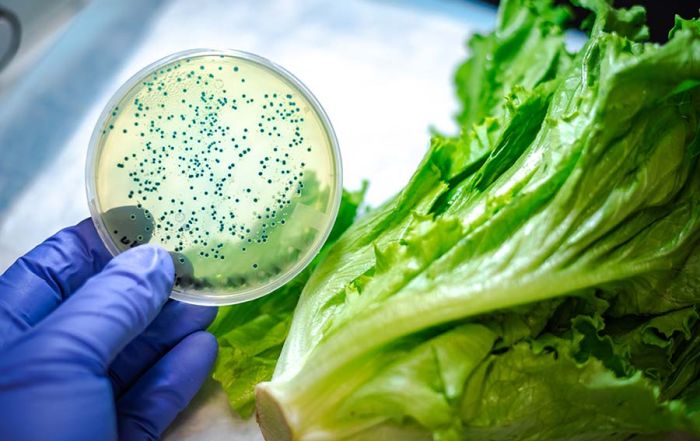Evaluating Food Safety
One of the suggestions I made in the last blog was to assess the food safety culture in your organization by observing the food handling techniques of workers. Let’s explore that some more. You can do an overall assessment or you can hone in on specific areas of the operation, such as production or cleaning practices. Remember, when the environmental health inspector visits your operation, he/she just gets a snapshot of what is going on in your operation on that particular day at that specific time. You are there nearly every day, so you have a much better understanding on what really happens in your operation.
For our purposes today, let’s focus on the practice of glove use because we know how important the correct use of gloves are for food safety (and because we sell gloves!). Here are some points of observation you might include in your assessment: glove availability, when to wear gloves, and how to wear gloves. In response to these questions, answer yes or no to what you are generally observing.
Glove Availability
- Do we have a variety of sizes of gloves to fit employees?
- Are gloves located conveniently to where they are needed for use? For example, do you have them in the salad preparation area and in the serving area. Remember, part of creating a culture is having necessary tools readily available!
- Do you have the proper type of glove for specific uses? For example, you may want to provide nitrile gloves in the salad prep area where workers need dexterity, and you may provide poly gloves in the serving area where they need to be changed often and tasks involving fine motor skills are not needed. Having different types of gloves can help in controlling costs too!
When to Wear Gloves
- Are employees wearing gloves when handling foods (ready-to-eat) for which bare hand contact is not allowed?
- Are employees changing gloves between tasks? Remember, coaching on how to set up work areas to minimize changes in tasks may be needed –even opening a refrigerator door during sandwich production is considered a different task. Helping staff strategize team work helps in instilling a food safety culture.
- Are employees wearing gloves over bandages? Not only is this protection from a YUCK factor and avoids physical contamination of food, because who wants a band aid in their salad, but it provides an additional barrier from pathogens in open cuts and sores.
How to Wear Gloves
- Are employees washing their hands properly before putting on gloves?
- Are employees putting on gloves correctly?
- Are employees using any techniques that might contaminate gloves? For example, handling any part of the glove except the cuff; pulling out more than one glove at a time; dropping the glove or box on the floor. The oneSAFE dispensing system from FoodHandler helps control contamination of gloves and avoids glove waste when having to toss those gloves that fall on the floor.
After you have completed your assessment of employee food handling techniques, reflect on what you observed. Think about how you can make a difference and improve the food safety culture. Ask yourself:
- Do you provide new employees with information about why, when, and how to use gloves in orientation? Research shows, and it is really fundamental human nature, that people are more inclined to follow rules for which they understand the reasons.
- Do you provide on-going training to employees on food safety?
- Do you observe employees doing their jobs, noting practices they do well and ones that need improvement?
- Do you provide employees feedback on their food handling practices – both good practices and those needing change?
- Do you serve as a role model for how practices should be done?
- Are employees empowered to work together and provide reminders to fellow staff if they see an incorrect practice?
We encourage you to go through this checklist and consider how well you and your employees are doing. Each month you could identify a different area for review. Your goal should be to strive for continuous improvement in the food handling practices in your foodservice operation. Risk Nothing!
We would love to hear back from you! Please send any questions or comments to us at FoodSafety@FoodHandler.com
READ MORE POSTS
Enhancing Safety and Adding Flavor: The Role of Additives in your Food Supply
Last week, I ran across a post on Facebook from a childhood friend denouncing additives in [...]
E. Coli Outbreaks, The Gift that Keeps on Giving
Late in December, in response to possible E. coli contamination, we saw a recall issued for [...]
A Fresh Start: Recommitting Yourself and Your Business to Food Safety in 2024
As we get settled into the new year and leave the hustle and bustle of the [...]
Dry Food Storage – How Vital is it to Food Safety?
Whichever you decide, because some jurisdictions have more stringent requirements than the conference for food protection, check with your local health department to make sure they also recognize the exam before you pay for it.











